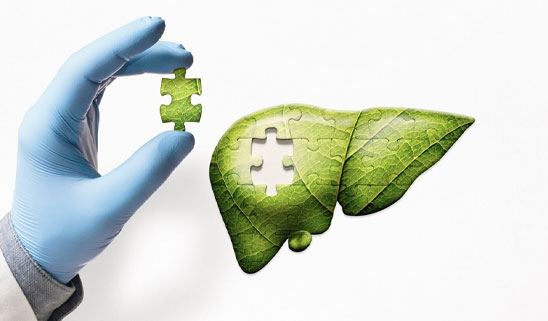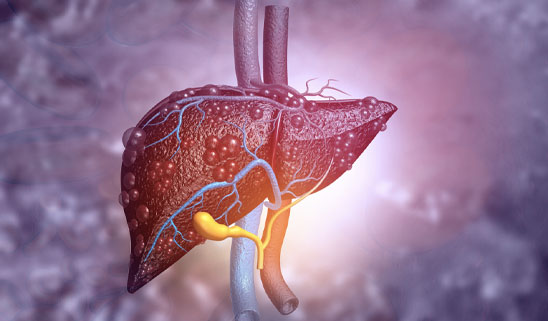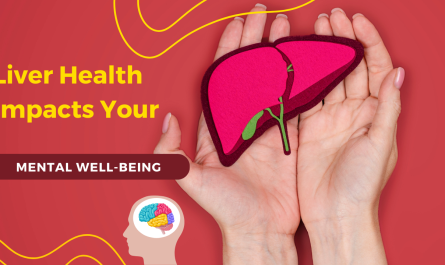A living donor liver transplant is a surgery in which a portion of the liver from a healthy living person is removed and placed into someone whose liver is not working properly. The donor’s remaining liver regrows and returns to its normal size, volume and capacity within a couple of months after the surgery. The recipient’s new liver also grows to fit their body.
This type of transplant can be a life-saving option for people with end-stage liver disease who face long waiting times for a deceased donor liver transplant. It can also reduce the risk of complications such as infection or organ rejection.
However, there are also some risks involved in living donor liver transplant, both for the donor and the recipient. The donor may experience bleeding, infection, bile leakage, or complications from anesthesia during or after the surgery. The recipient may also face similar risks, as well as the possibility of graft failure, blood clots, or recurrence of the original liver disease.
The outlook for living donor liver transplant depends on many factors, such as the health and age of both the donor and the recipient, the type and size of the liver graft, and the quality of the medical care. Generally, the survival rates for living donor liver transplant are comparable or better than those for deceased donor liver transplant.
What is the difference between a living donor liver transplant and a deceased donor liver transplant?
The main difference between a living donor liver transplant and a deceased donor liver transplant is the source of the liver graft. In a living donor transplant, the recipient gets part of a liver from a healthy living person who is usually a relative or a friend1. In a deceased donor transplant, the recipient gets the whole liver from a person who has died and donated their organs12.
Another difference is the waiting time for a transplant. People who receive a living donor liver transplant often have a shorter wait than those who receive a deceased donor liver transplant, because they don’t have to depend on the availability of organs from the national waiting list.
A third difference is the outcome of the transplant. Studies have shown that people who receive a living donor liver transplant have better short-term survival rates and lower risk of complications than those who receive a deceased donor liver transplant143. However, long-term results are harder to compare because people who get a living donor liver transplant are usually less sick than those who get a deceased donor liver transplant.
How long does it take to find a suitable deceased donor for liver transplantation?
The waiting time for a deceased donor liver transplant can vary depending on many factors, such as your blood type, your Model for End-Stage Liver Disease (MELD) score, the availability of organs in your region, and the number of people on the waiting list.
According to the National Institute of Diabetes and Digestive and Kidney Diseases, the waiting period for a deceased donor transplant in USA can range from less than 30 days to more than 5 years. However, the average wait for a liver transplant from a deceased donor in the UK is 3-4 months.
The waiting time for liver transplant in India depends on several factors, such as the availability of deceased donors, the number of patients on the waiting list, the blood group and body size compatibility, and the geographical location of the donor and recipient.
Who can be a living donor for liver transplantation?
A living donor for liver transplantation is a healthy person who volunteers to donate a portion of their liver to someone who needs a liver transplant. The donor and the recipient must have a compatible blood type and a similar body size for the transplant to be successful. The donor’s liver will regenerate and grow back to its normal size after the surgery.
To be a living donor, you must meet the following criteria1234:
You must be between 18 and 55 years old.
You must be in good physical and mental health.
You must have a body mass index (BMI) that is less than 32.
You must donate the liver voluntarily, without any pressure, guilt, or coercion.



